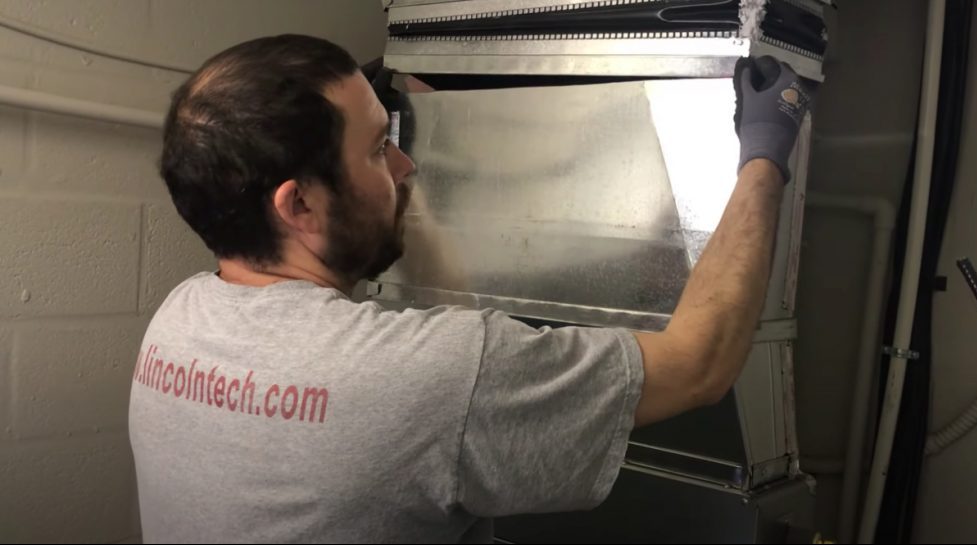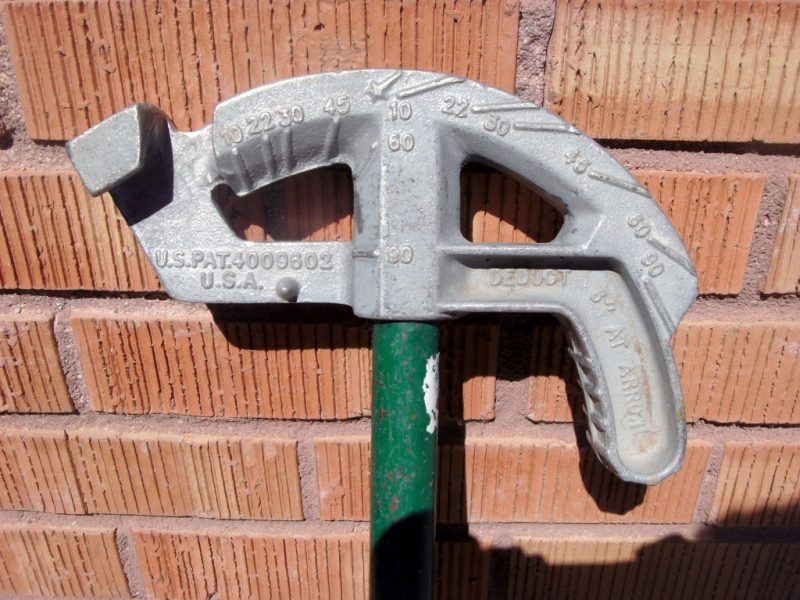Get Tech Tips
Subscribe to free tech tips.
Why is 240V called “Single-Phase”?
Why is it called single-phase 240 when there are two opposing phases (or legs)?
I wondered why we called two 120v opposing legs “single-phase 240” for years.
Then someone pointed out to me that a typical “single-phase” pole transformer only has one power leg entering and two coming out.
That freaked me out. How can a transformer primary be one phase, a SINGLE sine wave, and put out two perfectly opposing sine 120v legs?
It's just two separate winding wraps in OPPOSITE directions on the secondary or more simply, the neutral is tapped in the center so OBVIOUSLY they wrap in opposite directions from the center out. Stupid simple, but I just never knew it.
So, unlike a three-phase service that uses all three power phases from the power supply, the single-phase service only uses one. The second leg is “created” in the secondary of the distribution transformer itself and is the same “phase” but is split due to the center tap.
Pretty cool.
—Bryan










Comments
It’s single phase because the two voltages are 180 degrees out of phase with each other. At one time there was two phase voltage where the two voltages were 90 degrees out of phase with each other.
It’s single phase because the two voltages are 180 degrees out of phase with each other. At one time there was two phase voltage where the two voltages were 90 degrees out of phase with each other.
“Phasing” requires having two sine waves occurring at some point other than 180° opposite each other. Single phase is such because the opposing sine waves are exactly 180° opposite each other, whereas “two phase” systems operate with the sine waves occurring at 90° apart and “three phase operates with the sine waves 120° apart. Phased systems allow motors to be self-starting, but single-phase motors require a start winding to create the electrical separation of 30° to facilitate starting rotation.
“Phasing” requires having two sine waves occurring at some point other than 180° opposite each other. Single phase is such because the opposing sine waves are exactly 180° opposite each other, whereas “two phase” systems operate with the sine waves occurring at 90° apart and “three phase operates with the sine waves 120° apart. Phased systems allow motors to be self-starting, but single-phase motors require a start winding to create the electrical separation of 30° to facilitate starting rotation.
I should have added that the starting phase shift on a capacitor-start single phase motor is 90°
I should have added that the starting phase shift on a capacitor-start single phase motor is 90°
I never understood this. What does 180 degrees mean? Is it the distance of the magnetic poles?Also what’s the deal with the neutral attached to the winding with no electrical pressure?
I never understood this. What does 180 degrees mean? Is it the distance of the magnetic poles?Also what’s the deal with the neutral attached to the winding with no electrical pressure?
You’ll need to dig out your high-school trigonometry textbook and study the material about the unit circle and sine waves. “Oscar has a hairy old ass.”
You’ll need to dig out your high-school trigonometry textbook and study the material about the unit circle and sine waves. “Oscar has a hairy old ass.”
To leave a comment, you need to log in.
Log In